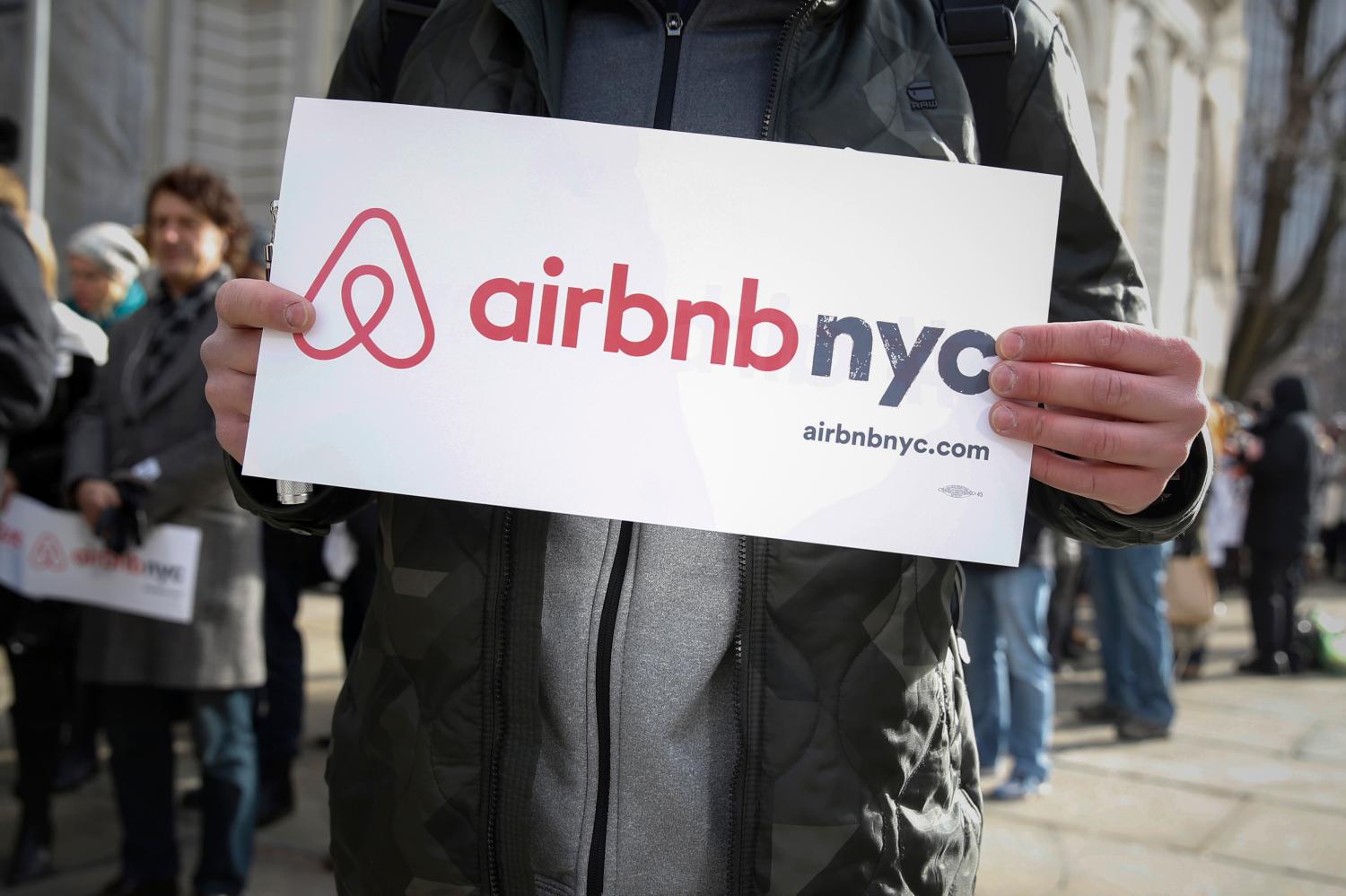The views are of the author(s).
The sharing economy will inevitably become a major part of the global economy. In this report, the authors examine the current state of the sharing economy, investigate the underlying economic, technological, social, and political factors that lead to the rise of the sharing economy and predict the growth of this sector in the coming years. The sudden emergence of the sharing economy has introduced many unforeseen challenges for consumers, incumbent businesses, regulators and policy makers. The authors identify these challenges and provide recommendations on how sharing economy platforms should address them.
Key Insights
- The sharing economy is “the peer-to-peer based activity of obtaining, giving, or sharing access to good and services”. Alternative names for this phenomenon include gig economy, platform economy, access economy, and collaborative consumption.
- The sharing economy is estimated to grow from $14 billion in 2014 to $335 billion by 2025. This estimate is based on the rapid growth of Uber and Airbnb as indicative.
- Data shows that private vehicles go unused for 95 per cent of their lifetime. Together with the fact that there are fewer requirements to drive for Lyft, Ola and Uber than for a taxi company means greater supply of rides. Prices of shared services are also falling as indicated by Airbnb rates that are between 30 and 60 per cent cheaper than hotel rates around the world.
- More information shared on an online platform can lead to greater trust between users, but it can also lead to racial and gender bias. Sharing economy companies must work to combat bias on their platforms, both in their algorithms and their users. Removing some identifying information from profiles lowers risk of bias.
- It is difficult for any one company to form a monopoly since the cost for customers to switch between sharing economy services is quite low.
Acknowledgements: Jack Karsten and Maximilian Fiege contributed research assistance on this project.
Download the Impact Series Paper here.
Paper cited in Boston College Law Review
The Brookings Institution is committed to quality, independence, and impact.
We are supported by a diverse array of funders. In line with our values and policies, each Brookings publication represents the sole views of its author(s).




